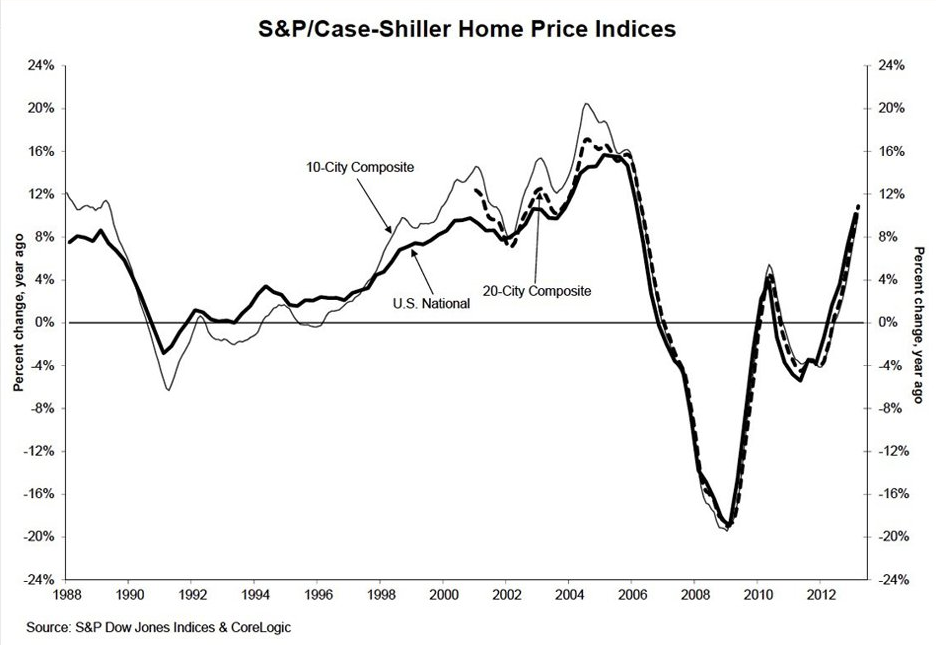Weber Shandwick’s third annual “State of Seattle” survey polled 500 local residents to find out their perceptions of the city, including the economy, civility, culture and the media. Here is a snapshot of what they found.
source: www.WeberShandwickSeattle.com








